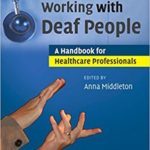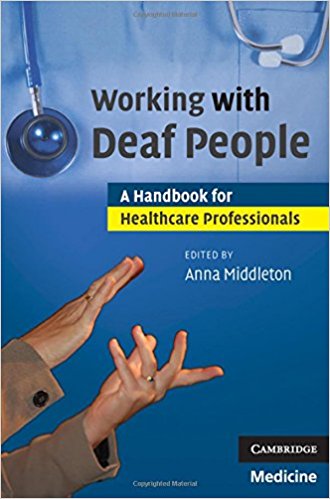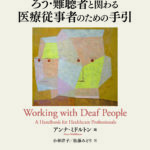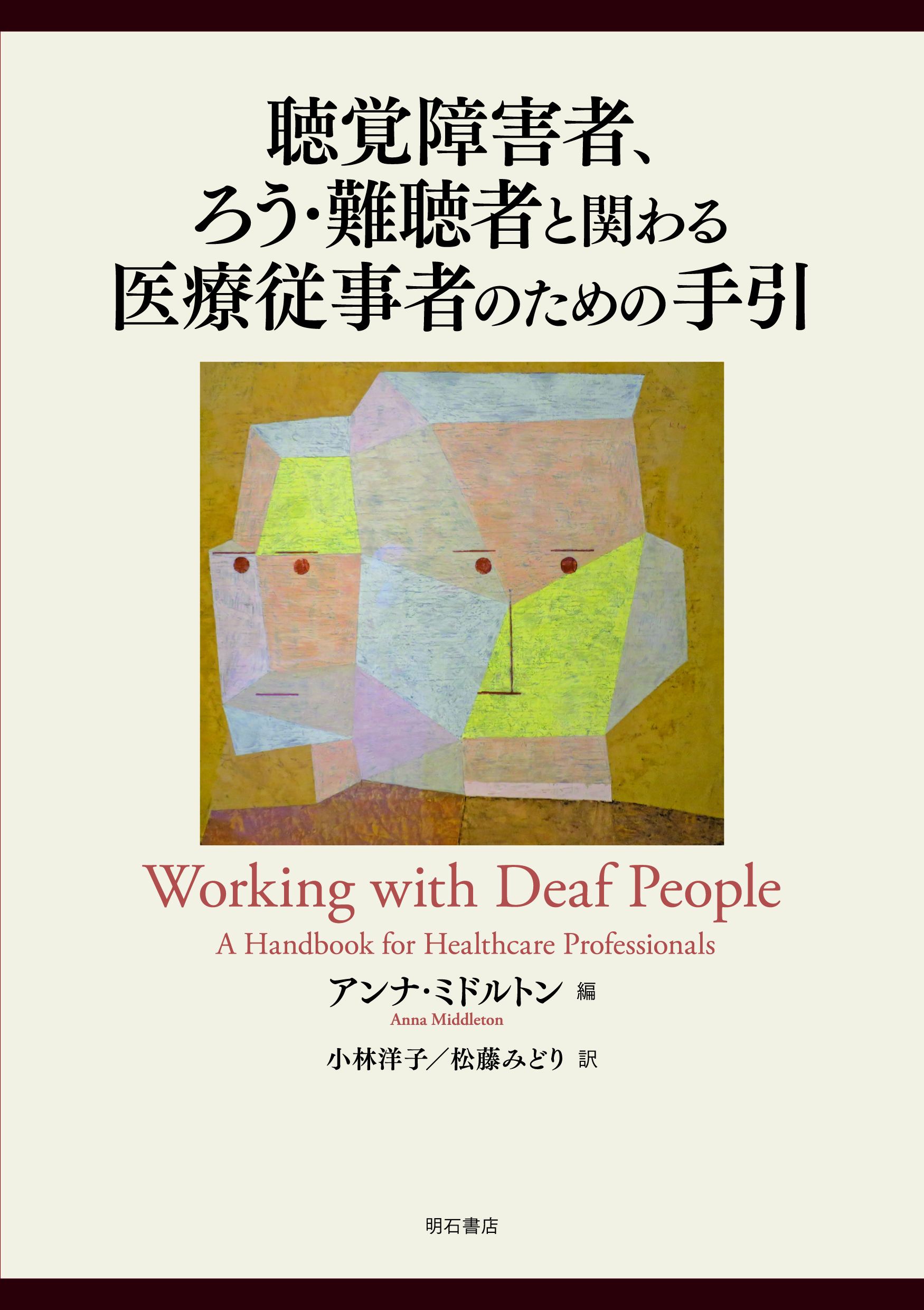General themes to consider when working with deaf and hard of hearing clients


1st November 2009
Chapter Introduction:
“This chapter considers general communication issues that are relevant to deafness and hearing loss. Specific issues pertinent to people who are deaf due to NF2 ad people who have deafblindness are considered in Chapters 4 and 5, respectively.”
Book Summary:
Long gone are the days when a deaf person is expected to struggle through a healthcare consultation with a health professional who has inadequate deaf awareness. Legislation now dictates that the onus is on the health professional to utilise the right communication skills. Deafness is very common, meaning that health professionals, whatever their specialist area, can expect to encounter a client with deafness or hearing loss on a daily basis. Working with Deaf People is intended for use as a general reference manual, offering practical advice on how to prepare for the consultation with clients who are deaf, deafblind or Deaf (i.e. use sign language as their first language). Information is offered about language, communication and culture; case studies demonstrate how the messages can be applied in practice. Every health professional, medical and nursing student, whatever their discipline and whatever country they work in, should have a copy of this book.
Book Review:
“I’ve worked for 17 years with deaf people and for the first time health professionals have a book that gives them sensible practical advice on working with deaf and deafblind people.” -Steve Powell, CEO, SignHealth, UK
Note:
Released in Japanese in 2017.
Downloads:
Citation:

